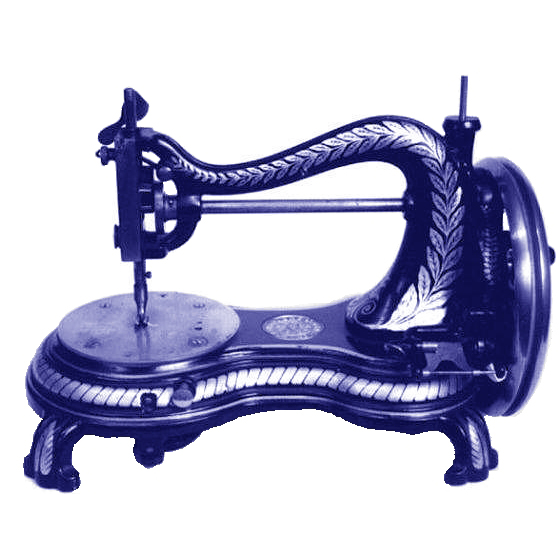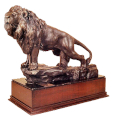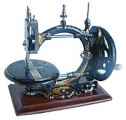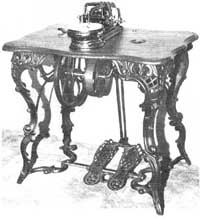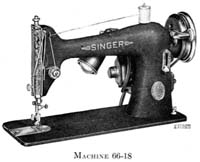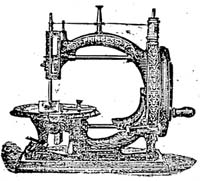Jenny Lind
JENNY LIND machines seem to turn up in the strangest places.
The first we bought for the MS collection was found 15 years ago in a junk shop in Hatfield. The once- proud machine had been converted into a drill by removing everything bar the hand wheel, top shaft and needle bar. A pair of bevel gears and the addition of a chuck gave a crude form of drill but with no rise of fall motion for the drill bit, so its application must have been somewhat limited.
With no other machine to hand it was impossible to fabricate the missing parts and the model was consigned to the back shelf of the "awaiting-restoration" department.
It stayed there for a decade until the second example turned up. I bought this from a private home with a room converted to a shrine to Hitler and we negotiated the price by the light of the everlasting flame under the picture of the Fuhrer.
There's another in the IMCA collection, and now another example has surfaced -- this time at the other end of the world in Tasmania -- see MS article previous page.
The name Jenny Lind was first coined for sewing-machine use by Singer himself who planned to christen his first machine in honour of the Swedish singer who was taking America by storm in the middle years of the last century.
For some reason he eventually shelved the idea and it was not until the early 1870s that a Jenny Lind machine appeared.
The lock-stitch machine featured a simple crank and connecting rod mechanism for the shuttle drive. This was patented by William Campion in January, 1870 and the machine was first put on the market a year later.
Campion ran a small sewing-machine manufacturing business in Nottingham and, as well as the Jenny Lind, produced Lady and Progress machines.
He appeared to do little retail business preferring to appoint wholesale agents to handle sales.
The Jenny Lind was distributed to the trade by A Slater and Co of Wormwood Street , London EC.
Within 10 years Campion decided to retire and sold out to Gann, Jones and Co. This company, a joint venture between a capitalist and a practical mechanic, purchased the patent rights and existing stock of machines, but also made it known to the trade that with Campion's factory the new partnership was willing to produce any new form of machine that might be ordered.
Gann Jones also acted as import agents for Canadian Dolly Varden and American Gardner machines.
Jenny Lind machines also carry the design registration diamond mark dating from March 10, 1870.
Graham Forsdyke
